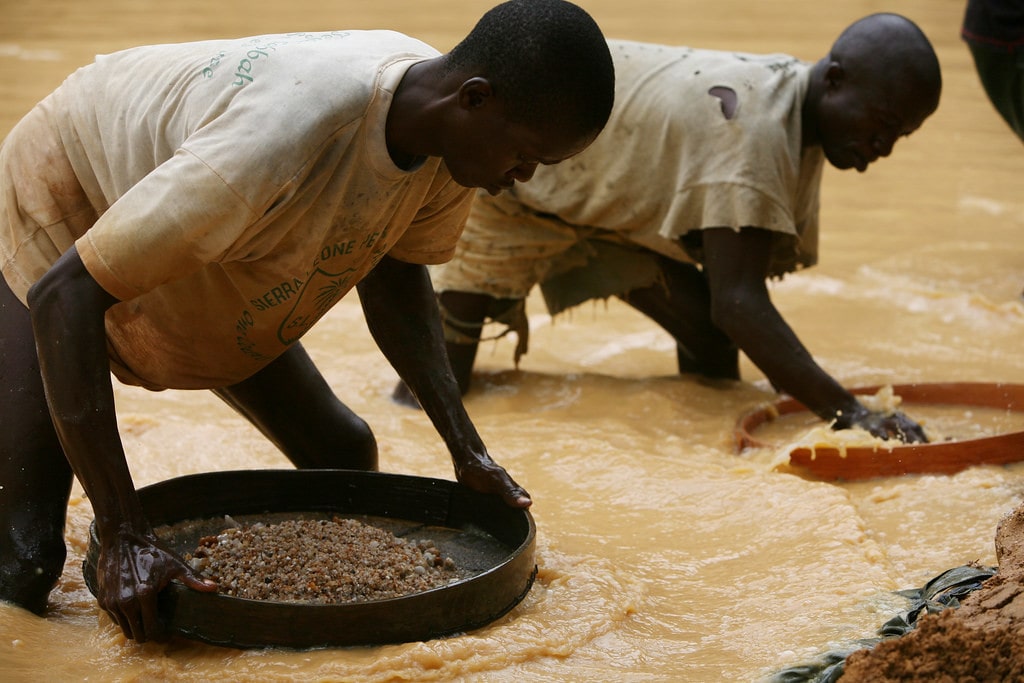ZIMSEC O Level Commerce Notes: Beneficiation And Value Addition/ Added Value
- One of the reasons why developing countries lag behind developed countries is due to the imbalance of trade
- Developing countries export mainly raw unprocessed materials which have a low price per unit
- On the other hand developed countries export back high value processed materials
- This means that developing countries have to exports higher volumes in order to avoid a negative balance of payment
- One solution that can be used to mitigate this problem is beneficiation
- Beneficiation refers to the transformation of a mineral (or a combination of minerals) to a higher value
product which can either be consumed locally or exported - Examples of beneficiation include:
- Polishing diamonds- polishing diamonds does not require a lot of technology but doing so increases the export of value of diamonds
- Removing waste material (gangue) from valuable minerals which results in a higher grade product (concentrate)
- Frothing flotation of copper
- Turning coal into coke
- Distillation of crude oil
- All these processes add value to the product and help reduce poverty and the balance of payment deficit
Addition of Value/ Added value
- Added value can be defined as an increase in the value of a resource, product, or service as the result of a particular process
- Value addition must not be confused with beneficiation
- Beneficiation, as mentioned above, refers to various ways of adding value to minerals in the mining sector
- Value addition refers to both beneficiation and other forms of value addition in other sectors
- Added value describes the enhancement a company gives its product (which can be a mineral or any product really) or service before offering it to customers
- In economic terms, added value is the difference between the selling price and the cost of inputs used in the production process
- Value Added = Sales Revenue – Cost of Raw materials
- For example, a product sells for $10 when the inputs (raw materials) used to make this product cost $7,
- the added value is $3
- For example, a mining company extracts iron ore from within the earth and passes it on to a processing factory which increases the value of the ore which is turned into pig iron.
- The iron is then processed into steel which further enhances the value of the product.
- Value is added as a product moves along the production process from the primary level up to the secondary level of production
- Businesses ( and the countries in which these businesses are located) that add more value have a higher profit margin that businesses that add little value
- Value addition should not be confused with profit
- When calculating value added we only subtract the cost of raw materials
- On the other hand, when calculating profit we subtract other costs as well
- Value can be added by:
- Refining for example distillation
- Purification processes
- Cutting and polishing for example diamonds
- Manufacturing goods into finished or semi-finished goods
- Branding
- Packaging
- Advertising- promotional strategies like these can create brand loyalty allowing businesses to charge more for a product
- Providing additional features, for example, more storage on a computer
To access more topics go to the Commerce Notes page



